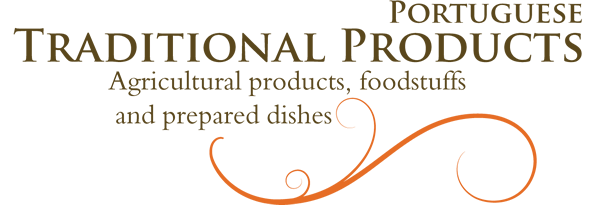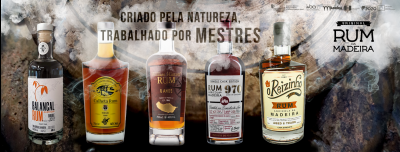Description: Rum da Madeira GI is a rum produced in the Autonomous Region of Madeira (RAM), obtained exclusively by alcoholic fermentation and distillation of sugarcane juice with a minimum alcoholic strength of 37.5% vol., a content of volatile substances equal to or less than 225 grams per hectolitre of alcohol at 100% vol. and a total dry extract equal to or less than 5 grams per liter for natural rum and 20 grams per liter for the aged rum and benefited rum.
Production method: Rum da Madeira GI must be obtained exclusively from sugarcane produced in RAM. It is an agricultural rum and as such is obtained exclusively by alcoholic fermentation and distillation of sugarcane juice. Its production combines the experience accumulated over generations with the traditional technology of the region, which, although less efficient than more modern methods, results in a traditional final product of high quality and unique characteristics.
The Rum da Madeira GI may be subject to aging in oak casks for a minimum of three years.
Distinctive features: Natural Madeira Rum differs from other products in the same category by the intensity and aromatic complexity with less neutral olfactory levels than their peers. It is distinguished by tropicality, freshness, minerality and typical persistence.
Aged Madeira Rum is distinguished by its high potential for development, resulting in a unique and singular style. Full-bodied and holder of an acid freshness conferred by the terroir of the region, it offers a wide range of aromas and flavors specific of Rum da Madeira GI acquired with oxidative aging. It is distinguished by the full-bodied structure, aromatic complexity, finesse and elegance of taste and high persistence.
Production area: The geographical area of production of Rum da Madeira GI covers the Madeira and Porto Santo islands.
The sugarcane most important regional areas are the municipalities of Calheta, Machico (namely the zone of Porto da Cruz) and Ponta do Sol, followed by Ribeira Brava and other municipalities of the south coast of Madeira.
History: The sugar cane is an agricultural species belonging to the family of grasses (Saccharum genus, officinarum species) which was brought to the Madeira Island around 1425 when the first stakes were imported from Sicily by order of Prince Henrique shortly after the island’s colonization. Compared with other agricultural species like wheat and some vegetables known at the time, its adaptability made this crop quite desirable as a means of important wealth creation.
Product specification (pdf)
Producer group
Instituto do Vinho, do Bordado e do Artesanato da Madeira, IP-RAM
Control and certification body
Instituto do Vinho, do Bordado e do Artesanato da Madeira, IP-RAM
Publication in EU official journal
JOUE C970/2025 de 10.02.2025
Regulamento (CE) n.º 110/2008 do Parlamento Europeu e do Conselho, de 15 de janeiro de 2008, Anexo III
Publication in the Portuguese official journal
Decreto Legislativo Regional n.º 18/2021/M de 28.07.2021



